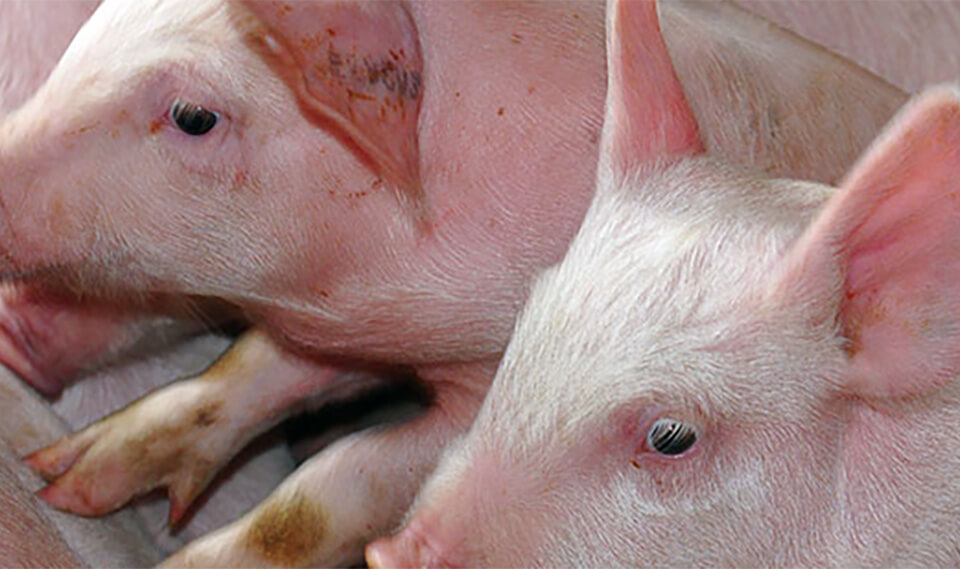Associer des antibiotiques : pourquoi et comment ?

Auteurs
Résumé
La prise en charge d’une infection bactérienne consiste généralement à administrer un seul antibiotique à l’animal. Cependant, dans des cas bien particuliers, une association d’antibiotiques peut être envisagée. Lorsque la bactérie pathogène n’est pas identifiée, l’association peut élargir le spectre d’activité notamment depuis la réglementation sur les antibiotiques d’importance critique qui a restreint le recours aux molécules à très large spectre. Par contre, pour cibler un pathogène dont la sensibilité est connue par des données épidémio-cliniques ou par des tests de sensibilité, il n’y a pas d’intérêt à associer des antibiotiques car le rapport bénéfice/risque est souvent défavorable. En effet, l’activité de deux antibiotiques associés n’est souvent pas augmentée alors que la sélection de bactéries résistantes commensales ou environnementales est favorisée. Dans le contexte actuel de réduction de la prescription des antibiotiques, l’association d’antibiotiques doit être raisonnée et ne doit jamais constituer une parade à une absence de diagnostic.
Abstract
The management of a bacterial infection usually involves giving a single antibiotic to the animal. However, in very specific cases, a combination of antibiotics may be considered. When the bacterial pathogens are not identified, an association of antibiotics can broaden the spectrum of activity. This is particularly important since the rules on critically important antibiotics have restricted the use of very broad spectrum molecules. However, combining antibiotics to target a pathogen whose sensitivity is known from epidemiological and clinical data or from sensitivity tests is not recommended because the risks outweigh the benefits. Indeed, the activity of an association of two antibiotics is often not increased while the selection of resistant commensal or environmental bacteria is encouraged. In the current context of reducing the prescription of antibiotics, the combination of antibiotics must be carefully thought through and must never be used in the situation where the pathogen is not identified.
D'autres articles
Découvrez aussi nos formations
12 janvier 2026
09h00 → 17h00
Abeille · Abeilles


